The decision to refer all the bids for Morrisons from supermarket groups to the Competition Commission because of concern over local competition has raised a few eyebrows. While few were surprised about the question mark over bids from the big three, many thought Morrisons' low market share would exempt it from such treatment.
However, the referral is because, while Morrisons' national market share may not be a concern, there are areas of Britain where, after a Safeway acquisition, Morrisons share of the local market could be too high.
This view is supported by CACI, whose analysis reveals that if Morrisons took over the full Safeway estate, with no disposals, it would control more than 25% of the supermarket market' in 27 of Britain's 120 postcode areas. This analysis is based on CACI's ProVision' gravity model. ProVision defines the supermarket market' as the total expenditure on food and non-food goods in stores of 3,000 sq ft or more.
The model simulates flows of this expenditure using gravity modelling' techniques, with expenditure allocated to stores based on their size, attractiveness' of the fascia, and the drive-time to the store. While this definition may vary from the grocery market' under investigation, it illustrates the need to understanding thesub-national, and sub-regional picture.
Our illustration representing Morrisons' current market share prediction shows the share of expenditure from the residents of each postcode area that CACI estimates is being spent in Morrisons stores.
It is no surprise that the majority of the map shows low shares, and that the areas with the highest market share are in its Yorkshire heartland.
According to CACI's definition, Morrisons may already hold a market share of 25% or more in the postcode areas of Bradford, Harrogate, Leed, Wakefield, and Darlington.
The same information is given in the illustration for the current Safeway estate and shows that Safeway has relatively low shares in much of Yorkshire, but commands more than 25% in the Scottish postcode areas of Dumfries, Kilmarnock, Galashiels, Inverness and Paisley plus the Highlands and Islands.
The only other place in Britain where it has such a large share, of an albeit relatively small market, is Hereford.
The final map illustrates what could happen if Morrisons integrated the full Safeway estate. By simply combining the two chains' current market shares, CACI reveals a map that shows shares of 25% or more in vast swathes of the country. The combined strengths in the north of England and Scotland would make the post-acquisition Morrisons a very strong force across the top half of Britain. Excluding the Highlands and Islands the new-look Morrisons would be a dominant force in the following 11 postcode areas: HG (Harrogate), DL (Darlington), BD (Bradford), LS (Leeds), CW (Crewe), DG (Dumfries), TS (Cleveland), S (Sheffield) WF (Wakefield), HR (Hereford), NE (Newcastle).
The analysis clearly reveals the importance of investigating the performance of store groups at the sub-regional level if the issue of local competition' is to be seen as a key criteria for assessing the suitability of the possible Safeway suitors.
{{INSIGHT }}
However, the referral is because, while Morrisons' national market share may not be a concern, there are areas of Britain where, after a Safeway acquisition, Morrisons share of the local market could be too high.
This view is supported by CACI, whose analysis reveals that if Morrisons took over the full Safeway estate, with no disposals, it would control more than 25% of the supermarket market' in 27 of Britain's 120 postcode areas. This analysis is based on CACI's ProVision' gravity model. ProVision defines the supermarket market' as the total expenditure on food and non-food goods in stores of 3,000 sq ft or more.
The model simulates flows of this expenditure using gravity modelling' techniques, with expenditure allocated to stores based on their size, attractiveness' of the fascia, and the drive-time to the store. While this definition may vary from the grocery market' under investigation, it illustrates the need to understanding thesub-national, and sub-regional picture.
Our illustration representing Morrisons' current market share prediction shows the share of expenditure from the residents of each postcode area that CACI estimates is being spent in Morrisons stores.
It is no surprise that the majority of the map shows low shares, and that the areas with the highest market share are in its Yorkshire heartland.
According to CACI's definition, Morrisons may already hold a market share of 25% or more in the postcode areas of Bradford, Harrogate, Leed, Wakefield, and Darlington.
The same information is given in the illustration for the current Safeway estate and shows that Safeway has relatively low shares in much of Yorkshire, but commands more than 25% in the Scottish postcode areas of Dumfries, Kilmarnock, Galashiels, Inverness and Paisley plus the Highlands and Islands.
The only other place in Britain where it has such a large share, of an albeit relatively small market, is Hereford.
The final map illustrates what could happen if Morrisons integrated the full Safeway estate. By simply combining the two chains' current market shares, CACI reveals a map that shows shares of 25% or more in vast swathes of the country. The combined strengths in the north of England and Scotland would make the post-acquisition Morrisons a very strong force across the top half of Britain. Excluding the Highlands and Islands the new-look Morrisons would be a dominant force in the following 11 postcode areas: HG (Harrogate), DL (Darlington), BD (Bradford), LS (Leeds), CW (Crewe), DG (Dumfries), TS (Cleveland), S (Sheffield) WF (Wakefield), HR (Hereford), NE (Newcastle).
The analysis clearly reveals the importance of investigating the performance of store groups at the sub-regional level if the issue of local competition' is to be seen as a key criteria for assessing the suitability of the possible Safeway suitors.
{{INSIGHT }}

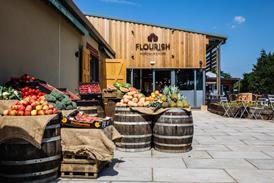


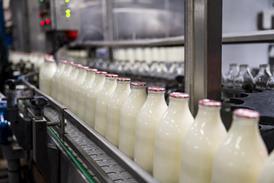


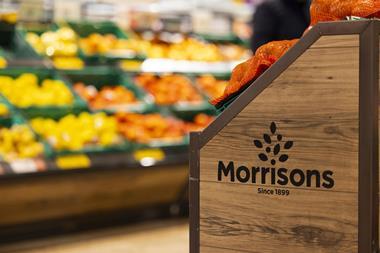



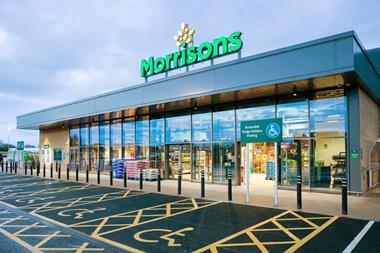



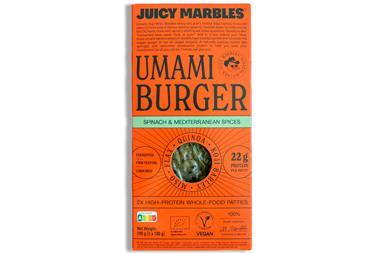

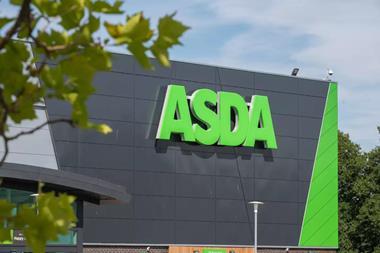
No comments yet